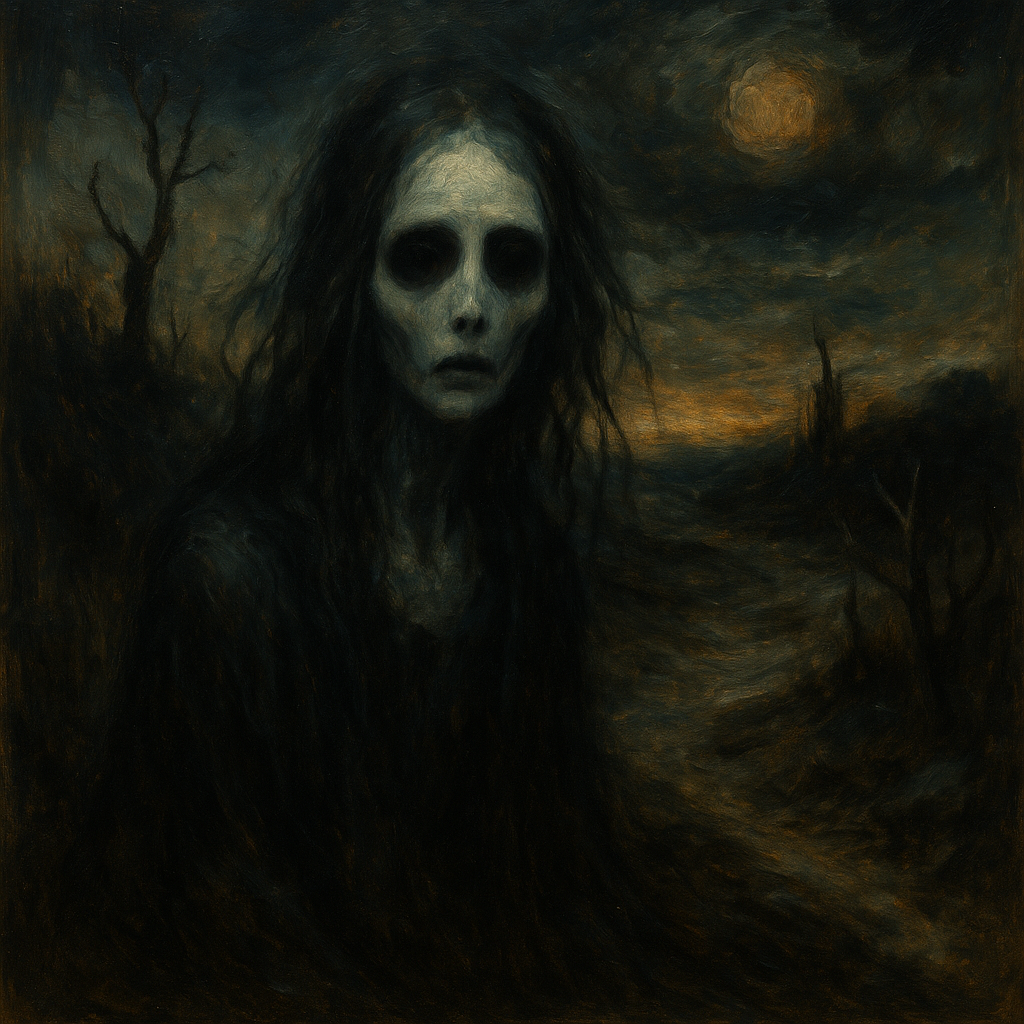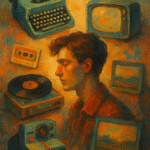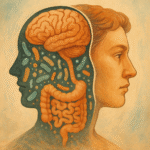Art is a realm where emotions come alive. The visual impact in painting often drives our perception and interpretation. But what makes a painting truly haunting? This question delves into the psychology of art, exploring the elements that evoke a visceral reaction.
Understanding Haunting Art
When we speak of haunting art, we refer to pieces that linger in the mind long after viewing. These paintings often possess an emotional depth that resonates with viewers on multiple levels.
Key Elements of Haunting Art:
* Color Palette: Darker hues can convey emotions of despair, loss, or melancholy, enhancing the haunting atmosphere.
* Imagery: Often includes ghostly figures, desolate landscapes, or unsettling expressions that provoke thought.
* Technique: Brush strokes and composition can lead the viewer’s eye to focus on specific elements, heightening emotional impact.
According to research from Scholar Google, the use of specific visual elements deeply affects our psychological interpretation of art.
The Psychology of Visual Impact
Emotional Resonance in Art
The visual impact in painting is closely tied to psychology. When we view art, our brains react to shapes, colors, and contexts, triggering emotional responses. This emotional resonance can be profound, often evoking feelings of fear, nostalgia, or sadness. The psychology of art explains how our experiences shape how we interpret haunting paintings.
The Role of Memory
Memories play a crucial role in how we perceive artworks. A painting may remind us of a personal experience, amplifying its emotional weight. This connection can turn an ordinary piece into a haunting memory.
Key Psychological Concepts:
* Nostalgia: Art that evokes memories can create a yearning feeling, enhancing its haunting quality.
* Empathy: Viewers may relate to the emotions expressed in haunting paintings, fostering a deeper connection.
Visual Impact in Painting: Key Factors
1. Composition
The way a painting is structured significantly affects its visual impact. Compositions that guide the viewer’s gaze establish a narrative that can be eerie or unsettling. Use of negative space can evoke feelings of isolation, contributing to the overall haunting experience.
2. Subject Matter
Paintings depicting themes of death, loss, or the supernatural often create a haunting ambiance. Haunting imagery in art can provoke curiosity about the subjects depicted, leading viewers to question the stories behind them.
3. Evocative Techniques
Techniques such as chiaroscuro emphasize light and shadow, adding depth to the canvas. Artists like Caravaggio or contemporary creators play with these techniques to invoke psychological reactions, enhancing the visual impact in painting.
4. Symbolism
Symbolism in haunting paintings often provides deeper meanings. Understanding these symbols can help viewers grasp the emotional undertones present in the artwork.
Interpretation of Haunting Art
How to Analyze
When analyzing haunting paintings, ask yourself:
1. What emotions do the colors evoke?
2. How does the composition guide my attention?
3. What memories or associations does the artwork bring?
These questions help peel back layers to understand the artistry behind the haunting aspects.
Iconic Haunting Paintings
Several renowned paintings exemplify the visual impact in painting and the emotions they provoke:
* “The Scream” by Edvard Munch: A powerful representation of anxiety and existential crisis.
* “The Night Watch” by Rembrandt: The interplay of light and shadow creates a haunting atmosphere that evokes curiosity.
* “The Ghost of a Flea” by William Blake: Embodies themes of life and death in a way that stirs eerie emotions.
The Impact of Art on Society
Art has a significant societal role, often reflecting philosophical ideas and societal issues. Haunting paintings can evoke collective memories or prompt discussions around sensitive topics, such as grief or trauma.
Statistics About Art’s Impact
According to the Government Research Database, exposure to art can lead to improved emotional and psychological well-being, affirming the importance of understanding its power. Engaging with art has been shown to:
* Increase empathy and emotional intelligence.
* Foster community discussions and engagement.
The visual impact in painting encompasses a myriad of elements that contribute to its haunting quality. By understanding the psychology behind it, we can appreciate not just the beauty of art but its profound effects on our psyche and emotions.
Explore the world of painting further. Consider how the emotional depth of a piece resonates with you. Try visiting an art gallery or museum to experience haunting aesthetics firsthand.
Want to delve deeper? Learn more about how art influences human thought and perception.


